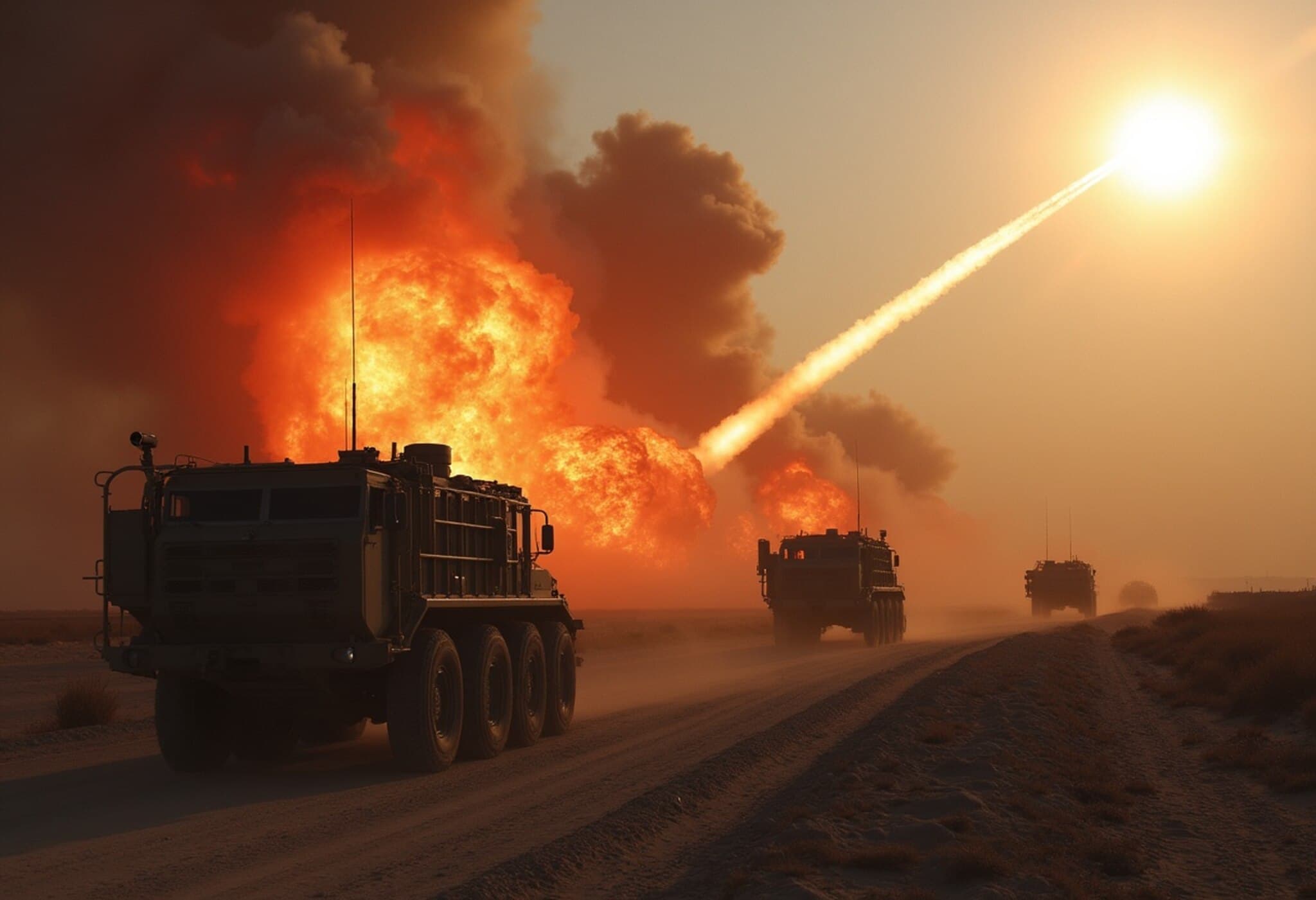Germany Revamps Shelter Strategy Amid Rising Security Concerns
As tensions simmer across Europe, Germany is proactively expanding and upgrading its network of bunkers and shelters. This move is triggered by fears that Russia may launch an attack on a NATO member country within the next few years, possibly by 2029. This strategic approach involves repurposing existing underground infrastructure like tunnels, metro stations, and parking garages to shelter up to one million people swiftly.
Why the Sudden Shift in Preparedness?
For decades, the idea of war on European soil seemed remote to many Germans. However, recent developments have challenged this sense of security. Ralph Tiesler, who heads Germany’s Federal Office of Civil Protection and Disaster Assistance (BBK), underscores a changing mindset:“For a long time, there was a widespread belief in Germany that war was not a scenario for which we needed to prepare. That has changed. We are concerned about the risk of a major war of aggression in Europe.”
Concerns are particularly focused on Russia’s current military capabilities. Intelligence and defense experts note that after years of conflict in Ukraine, Russia continues to manufacture hundreds of tanks annually. Germany's Chief of Defence, General Carsten Breuer, warns these forces could potentially be deployed against NATO's Baltic states by or even before 2029.
Maximizing Existing Spaces: A Practical Shelter Plan
Given the cost and time constraints associated with constructing new bunkers, Germany is focusing on making innovative use of existing underground facilities. Tiesler explains that building shelters from scratch would be prohibitively expensive and time-consuming. Hence, his agency is prioritizing the adaptation of:
- Subway tunnels
- Underground garages and car parks
- Basements of public buildings
- Other subterranean structures
The goal is an ambitious one: to create quick and efficient protection for one million people. The BBK is drafting a comprehensive shelter plan expected to be unveiled by summer.
Current Shelter Capacity and Comparisons
Germany’s existing bunker infrastructure largely dates back to the Cold War. Of approximately 2,000 bunkers, only about 580 remain operational, which provides shelter for less than 1% of the population—roughly 480,000 people. Many of these aging facilities require extensive and costly repairs.
By contrast, countries like Finland boast robust civil protection systems. Finland’s 50,000 protection rooms can accommodate nearly 85% of its population, illustrating a benchmark for comprehensive shelter preparedness.
Broader European Response to Rising Threats
Germany is not alone in ramping up defense and civil protection measures. Several European nations are reacting to Russia’s aggression in Ukraine with increased caution and spending. For instance, Poland—sharing borders with both Russia and Ukraine—is planning to allocate nearly 5% of its GDP to defense, marking the highest level of military expenditure among NATO members this year.
Looking Ahead
As geopolitical uncertainties linger, Germany’s shift toward strengthening its civil defense infrastructure reflects a broader recognition that peace is no longer a guaranteed state. While the hope is to avoid conflict, the nation is determined to prepare for all eventualities, ensuring its population has adequate protection should tensions escalate further.



















